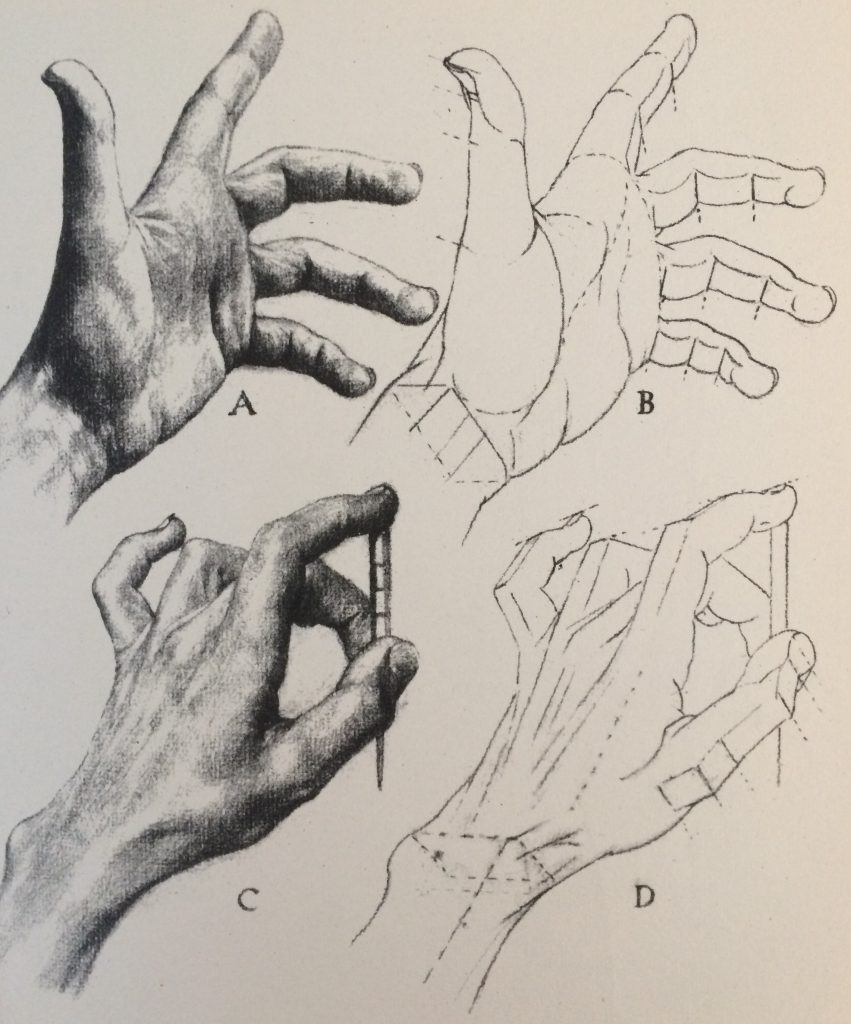Suppose you are teaching a unit on the modern workplace. For the past few weeks, you’ve been talking about the gig economy, the rise of Uber and AirBnB, and the increasing pressure of automation. You’ve assigned some relevant readings, lectured engagingly about them, and led the students through classroom activities to stimulate their own thinking. Hopefully you’re not already bored with this scenario but, if you are, I invite you to re-imagine it around any other subject (take Hamlet … please). Imagine that both you and your students are interested. Even under those conditions, of course, Nigel Caplan is right to worry that examining the students might be a bit of a chore, no doubt as much for them as for you. “What jobs are safe from the gig economy?” he imagines asking the students. “Write an essay in response giving specific reasons to support your answer.” He dismisses the idea with a single word: “Yawn.” In this post, I want to consider his alternative, suggest why it is unnecessary, and propose a different attitude. There’s no reason you should fall asleep while grading school essays.
“What am I asking students to do here?” Caplan asks, and answers: “I want students to make an argument that is convincing because it uses strong appeals to logic, emotion, and authority (ethos, logos, pathos), so they need an audience in mind.” He thinks that the original assignment lacks a proper rhetorical situation, which he then provides: “Write an article for your school or university career service newsletter arguing why a particular job is a good choice in the changing workplace.” That does the trick, he says: “Now we have a genre (an opinion article), a context (career service newsletter), an audience (peers), and a purpose (defending or promoting a career choice).” Of course, the situation remains “imaginary” since the students aren’t all going to get their work published in the relevant newsletter, but it primes them to adopt a rhetorical posture, and that’s certainly a good thing.
But is Caplan right that the traditional school essay doesn’t provide the students with genre, context, audience and purpose? In his version, he says, students are given an audience of their “peers” to write for, but he means this in the broad sense of the entire student body, potential readers of the career service’s newsletter. The traditional essay, by contrast, has much a narrower and, I would argue, much more interesting audience: the community of peers who are taking the same class, have read the same readings, and have participated in the same discussions. Trying to persuade this critically equipped audience that a particular job is “safe” will be much harder and require much stronger arguments. It should also therefore be much more interesting for you, the teacher, to see what they come up with. That is, we already had a genre (the academic essay), a context (the class or discipline), and an audience (knowledgeable peers). We also have a purpose: to open your thinking to criticism from intellectual equals. That’s what we want them to be good at on the subject of the modern workplace.
Caplan begins his post by promising to make grading less boring. “No, you don’t win a house or a new wardrobe, but you might not fall asleep during your next grading session.” I know that a lot of academics dislike grading, but this is partly because we often ask too much of the exam situation. There is no way around the fact that the students are trying to demonstrate their competence to the teacher. The trick is to make sure they understand that the relevant “competence” is the ability to discourse intelligently with their peers on the subject. Next, remember that there should be a perfectly respectable “middling” performance of that competence, which will indeed be yawn-inducing but doesn’t need to put you to sleep. It shouldn’t take any effort to identify; just give it the C it deserves and move on. The student will usually feel the same way about the assignment, so everyone is happy. The interesting papers are the ones you’re going to give As and Bs to and you’ll have more interesting things to say about how they can be improved as well. You perk up and do the feedback accordingly. Ds and Fs need to be considered carefully because these are students who may not even belong in your class and would be happier elsewhere. But this can only really be determined if the student wants to talk to you about the grade. Don’t sweat over it.
Grading, like writing, is a difficult business. You should always design your assignments so that they give you an insight into whether the students have learned what you have tried to teach them. You should of course be interested in whether your students are learning what you are trying to teach them, so grading should be an interesting part of your teaching experience. But we should never overthink it. The students can’t be wholly and truly themselves during an exam because they are inexorably trying to show you they’ve learned the big words you’ve tried to teach them. Remind them that you are really more interested in making them able to talk precisely and critically to each other and that you have an ideal vantage point on the minds of their peers, whose papers you’re also grading. Education requires us to watch with affection how people grow, as Confucius said. Grading is a good place to see this happening.
